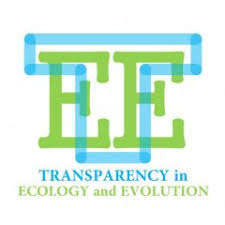Prior probability and reproducibility
[This post has been originally posted on ecoevotransparency.org]
Physicist Carl Sagan famously said “Extraordinary claims require extraordinary evidence.” I think its useful to extend this to the distinctly less elegant “surprising findings are less likely to be true, and thus require a higher standard of evidence.”
I started thinking more about what influences the reliability of a scientific result when analyses of my post-doc data weren’t lining up with published findings from other studies of the same species. When I encountered this problem with reproducibility, the causes I first focused on were old standbys like multiple tests of the same hypothesis driving up type I error and the flexibility to interpret an array of different results as support for a hypothesis. What I wasn’t thinking about was low prior probability – if we test an unlikely hypothesis, support for that hypothesis (e.g., a statistically significant result) is more likely to be a false positive than if we’re testing a likely hypothesis. Put another way, a hypothesis that would be surprising if true is, in fact, less likely to be true if it contradicts well-supported prior empirical understanding or if it is just one of many plausible but previously unsupported alternate hypotheses. Arguments that I’ve heard against taking prior probability into account are that it isn’t ‘fair’ to impose different standards of evidence on different hypotheses, and that it introduces bias. I think the risk of bias is real (we probably overestimate the probability of our own hypotheses being true), but I think the argument about fairness is misleading. Let’s consider an example where we have a pretty good idea of prior probability.


